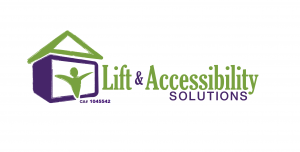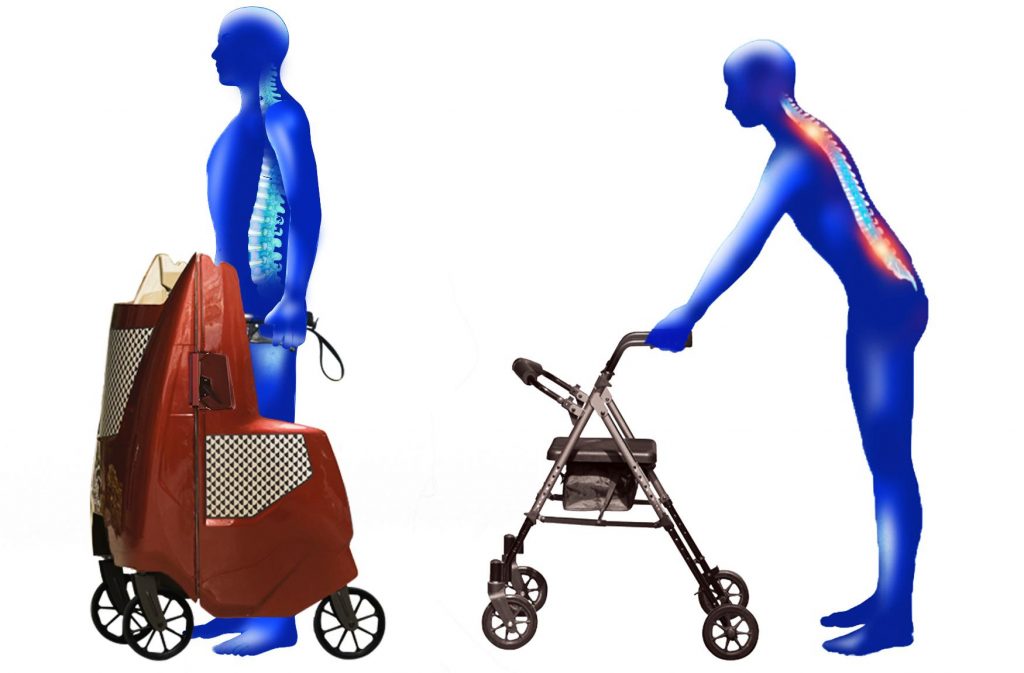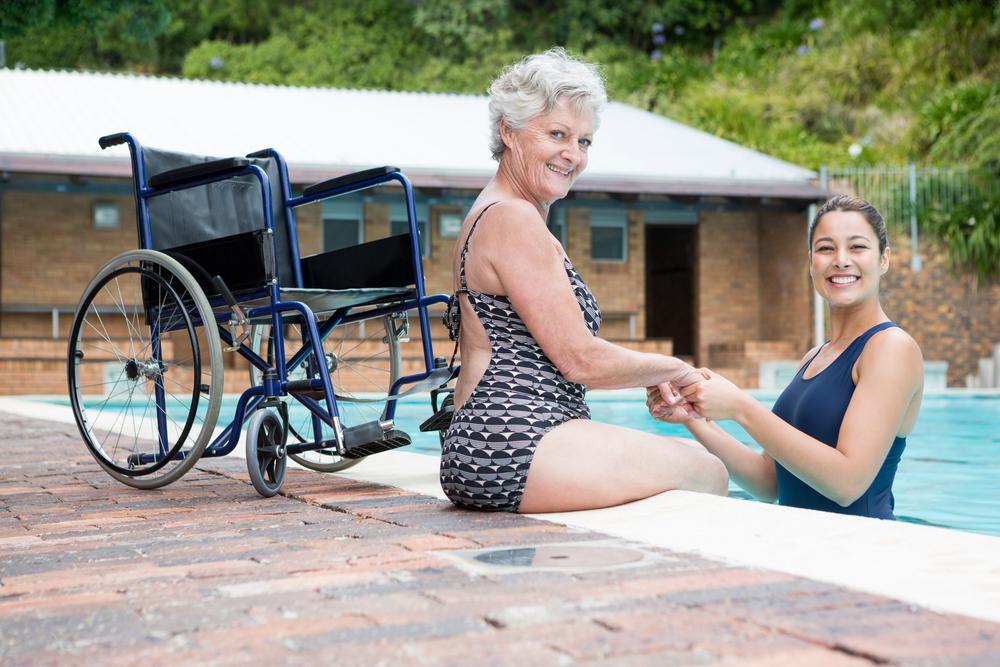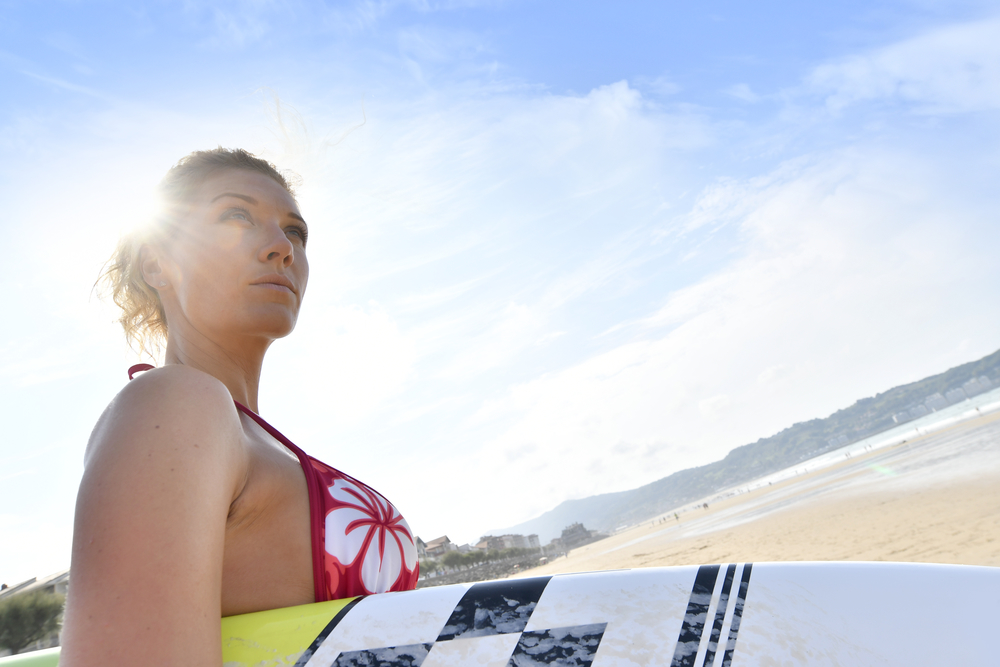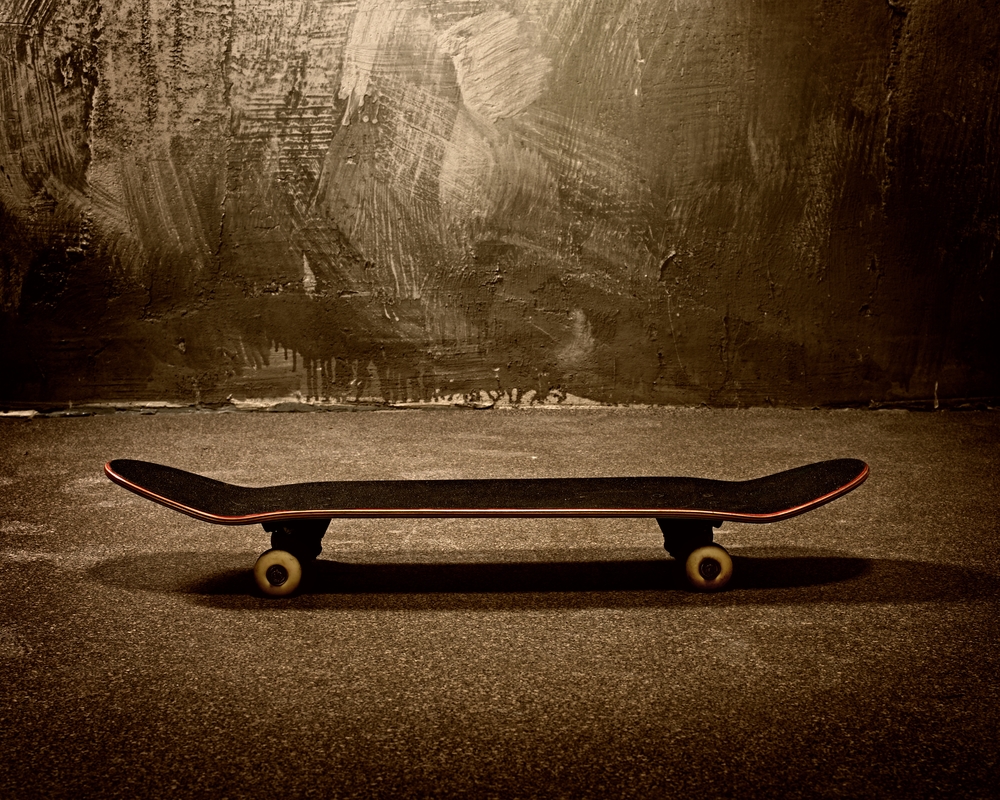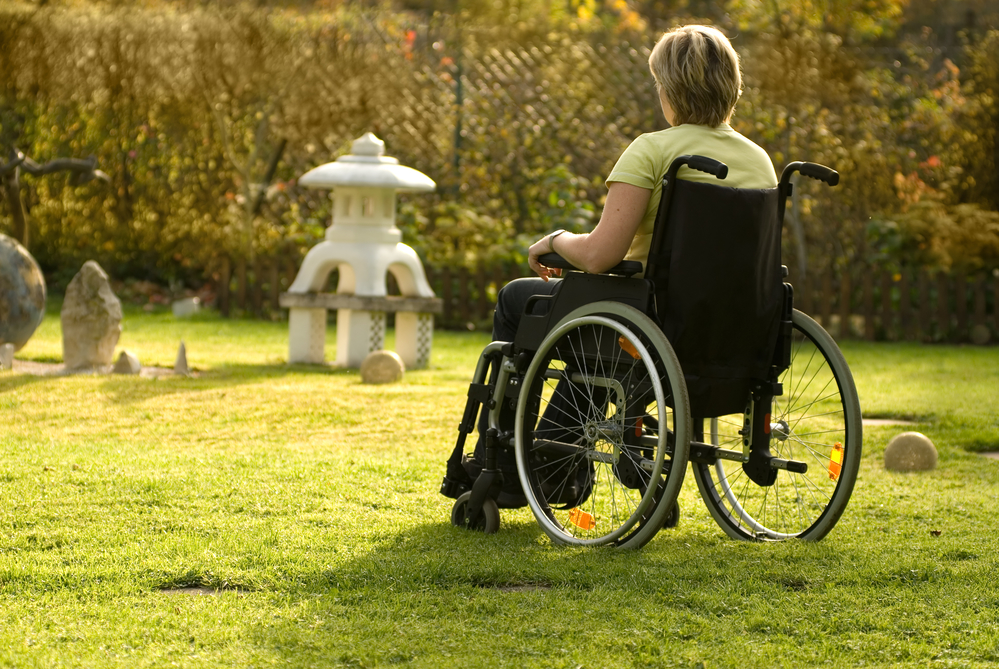Adaptive archery is just like regular archery. The athlete uses a bow to aim and propel an arrow to hit a target. Archery is an adaptable sport, and people of all ages, genders and abilities can participate. Archery athletes with various physical or cognitive impairments can easily compete alongside other athletes.
Benefits of Competing in Adaptive Archery
Participation and competition in adaptive archery can be a way for athletes to be active and socialize. It can be an opportunity to learn something new and a way for athletes to spend time with others who have similar impairment issues or no impairment issues at all. Athletes must learn not only the fundamentals of the sport, but also how these fundamentals apply to them. For individuals who aspire to do more, there may be the option of making a U.S. Paralympic or World Championship Team.
Equipment Options
When selecting a bow there are two choices: recurve and compound. Both styles of bow offer advantages and disadvantages, and both options can be modified for use by adaptive athletes.
Recurve Bows
A recurve bow, also known as a traditional bow, consists of a single bow body and a string that connects to the ends of the body. This is a very simple and effective design. When starting out in the sport of archery, it is recommended to begin with a recurve bow. Modern recurve bows are made from fiberglass or carbon for strength and durability.
Compound Bows
Compound bows feature an updated, more modern, design. The bow body is smaller and constructed from aluminum or carbon fiber. Pulleys are located on the ends of the body and strings are run through the pulleys. The pulley system requires less strength to use the bow, while also delivering more power in the delivery.
How to Make Archery Adaptive
For prospective archers, it is necessary to work with a trainer who can assess their ability and skill level and create a teaching and training plan structured to fit the individual’s needs. Specialized equipment may be necessary in order to train and compete. A bow can be modified to make it possible for easy operation by an adaptive athlete.
Getting Started in Adaptive Archery
Training and practicing can be a fun activity for adaptive athletes interested in archery. Learning the proper techniques and skills can build discipline and self esteem. This is an activity adaptive athletes can learn and practice alongside other athletes of different abilities and skill levels. This can create understanding and give the athletes something they can learn more about and grow into. In some cases, athletes can go on to compete.
15 Sep 2017
Discover the Wonders of the Upright Walker
Over six million people in the United States need to use some type of assistive device to help with mobility. It’s not only the elderly who often need the aid of a walker, wheelchair, or cane. Many young and middle-aged individuals face health issues that make walking unassisted difficult. Multiple sclerosis, Parkinson’s, and Fibromyalgia are a few of the disorders that affect people’s ability to walk. With the advancements in technology and science, strides have been made in aiding people with disabilities. One such advancement is that of the upright walker. This newer product gives people another option for getting around gracefully. Let’s take a closer look at some of the details of the upright walker.
Helps you stand up tall
Traditional walkers are constructed to reach right about the waist level. When using a traditional walker, you set it right in front of you and step behind it. This means you must stoop over and lean down into the walker to walk. The upright walker got its name in part because it helps the user stand upright when walking. The handles are elevated to a height that allows people to have the walker at a comfortable height. People have the ability to look straight ahead instead of down at the pavement. This makes them more safe and comfortable.
Framework for the upright walker provides safety
The framework of the upright walker surrounds the user on both sides and allows for a footstep of room. This means as people move forward, they are boxed in on each side for their entire movement. With traditional walkers the frame is set in front of you so that if you stumble to the side for any reason, there is nothing next to you. The upright walker is beside you every step of the way. If you would stumble to the side, you would have the support of the framework on both sides to help balance you.
Shock absorbers and brakes
The upright walker is somewhat like a bike with mini tires and shock absorbers. This helps move you along bumpy terrain without all the jostling. Uneven surfaces are no problem with the use of an upright walker. In addition, you grip handles with brakes that extend from the armrests. If you need to stop yourself from moving along or you’re going down a slight hill and need some brake power, you will have it at your fingertips.
Discover the ease and comfort of walking with the upright walker. Whether you need to go around the block or to the mailbox, using this innovative product will make walking so much easier.
26 Jul 2017
Giving Yourself a Lift: How Installing a Dumbwaiter Can Facilitate Your Independent Living
As you age, it gets a little harder to do things that you used to be able to do without thinking. Climbing stairs, maintaining your balance while walking, and reading fine print definitely make life harder, but there are ways of compensating for that like a walker, railings and chairlifts, and bifocals and reading glasses. The real struggle for many seniors though is lifting or carrying weight that used to be easy for you to shift on your own, but now feels far heavier than it used to. Unloading groceries from the car and carrying them up from the garage to the kitchen or moving laundry from the second floor to the first or your basement leaves you feeling like you just made a round trip to the peak of Mount Everest and back. Downsizing to a one-story house and moving your whole life to a new place seems even more complicated, expensive, and inconvenient, so what should you do?
Dumbwaiter Is A Solution
One solution that many senior citizens find particularly effective is to install a dumbwaiter in their home to automate carrying things to different floors. A dumbwaiter is like a small enclosed elevator for transferring household items safely and easily. Simply load whatever needs to be transferred to a different floor into the dumbwaiter, close it up, then go upstairs or downstairs and have it lifted or lowered directly to you. No more worrying about losing your balance while carrying a laundry basket or bags of groceries on the stairs, and no more straining on your own or having to ask for help every time you need to bring groceries in or run a load of washing.
Cost Considerations
Installing a dumbwaiter allows you to live independently in your own home without the need for uprooting your life and moving into a smaller, more convenient home. It may seem like a significant expense given what is involved in the proper installation and setup for a dumbwaiter, but considering the statistic that selling your home and buying a new home often costs in excess of $25,000 in realtor fees alone, the cost of installing a dumbwaiter is significantly less than moving costs. It also allows you to stay in the home where you have probably spent the majority of your life and planned to stay in permanently.
If you are struggling with the day to day tasks of independent living such as carrying items up and down stairs or getting around while carrying things in your home, you should definitely set up a consultation for dumbwaiter installation. There is no reason to upend your life when a simple and effective solution will let you stay independent and in your own home.
05 Jul 2017
Summer Fun For Those With Disabilities
It’s summer and it’s time to get out there and have some fun! These days there are more and more adaptive things that people of any level of ability can take part in outside the house. So, take in some fresh air and a bit of sun with a few of these fun activities.
Biking
A nice day out on an adaptive bike can be a great way to spend the day. If you do not own an adaptive bike, many bike stores in most cities sell or even rent them depending on where you live.
Picnic
A lazy day in the shade of a big tree on a warm day can be very relaxing. Enjoying a meal with loved ones and people watching can be a great way to recharge your batteries. Many parks allow pets, so you can even bring the family pet to get some fresh air.
Zoo
Spending the day at the zoo is such a thrill. You can experience the park at your own pace and there are so many things too see. Many zoos also have educational classes and tours that you can take part in during the summer. With the cost of most zoos not being free, it can be a wise and affordable idea to consider picking up a seasonal pass.
Pool
Many pools have exercise classes as well as free and private swim hours. Swimming can be a great way to float away the day, soaking up sunshine as well as building muscle and motor skill development as well. You will be hard pressed to find a more relaxing way to spend a hot summer day.
Start a Garden
Gardening is a fun great way to spend the day getting out and being around nature in your own backyard. The feel of soil in your hands and the pleasure of watching something you have planted grow can be very therapeutic. Come harvest time the food tastes that much better knowing that the meal you are eating came from garden to table.
Visit an Aquarium or Museum
You can easily find yourself lost for the days on end exploring a museum or an aquarium with so much to see at these locations. The downside is that often these locations can be quite expensive. It is worth it to look to yearly or seasonal family pass. If you are local and senior you will likely find that a yearly pass is very affordable as by comparison to day fees.
Photography
You don’t have to be Ansel Adams to thoroughly enjoy taking photos outdoors. It gives a meaning to outdoor activities to search for great photo ideas and can provide a creative outlet.
Birdwatching
You can sit on your porch or go to a specific locale away from home to watch birds. Learn about different kinds of birds, identify them by their calls, and take photos if you like. You can even share your findings at ebird and help scientists monitor bird populations.
20 Jun 2017
The Draw of the Water: Adaptive Surfing
For some who have suffered debilitating injuries, one of the biggest joys in life is overcoming the challenge of getting back to nature. The pressure of constantly being surrounded by four walls can quickly give anyone cabin fever, making the pull of nature and open skies nearly irresistible. One of the most popular water sports going right now for injured or disabled individuals is adaptive surfing programs.
Adaptive surfing has a wide range of benefits that go far beyond just getting out and back to Mother Nature. First off, it is not easy and it is a excellent form of fitness. Adaptive surfers will learn early on that both physical strength and endurance will come into play as well as core strength and balance as they develop the skills needed to surf.
Beyond the physical there are the mental benefits as well. Surfing has been said to be a great anti-depressant. The feeling of exhilaration as you skim the surface of the water has a profound effect on most surfers. After a day at the beach, it is hard not to be in a good mood.
With adaptive surfing, surfboards come in all shapes and sizes. Depending on the person and their needs as well as their skill level , there are a lot of variable to finding the proper board.
Thankfully, there are a plenty of large and caring groups out there that are more than willing and ready to assist you in learning to surf. In adaptive surfing there are two main methods:
Adaptive Prone
The prone style can be done in an assisted and an unassisted fashion. Prone-assisted surfing often has someone that will assist the surfer in catching a wave. This can be done by paddling or pushing them into the proper position as well as helping the surfer back onto their board after catching a wave.
Prone-unassisted is the adaptive style of independent athletes that can catch their own waves and get back on their own board without assistance. Often the only assistance that adaptive surfers of this level need is help in and out of the water.
Waveski Boards
Waveski boards are surfboards that are designed for the surfer to sit upright and use with a kayak paddle to catch waves as they come in. These are excellent for first-time adaptive surfers as many often have room for an abled bodied person to help with navigating the surf until the surfer has the confidence to surf unassisted.
13 May 2017
Adaptive Skateboarding
Extreme sports are one of the fastest growing areas of sports on the planet. With everything from snowboarding and skiing to bmx biking, skateboarding, rollerblading, and dirtbiking, extreme sports are a massive growing phenomenon in the sports world.
The growing popularity of extreme sports athletes and extreme sporting events like the X-games have exploded the sport to new heights. What’s been incredible is that in many ways they are very similar to the Olympics in that they have a huge community for adaptive athletes. It is absolutely incredible to see what these athletes can do on bikes, skates, and skateboards.
Many people realize that there are Olympic sporting events for adaptive athletes, but are totally unaware that there are extreme sports for adaptive athletes too.
About Adaptive Skateboarding
Jon Comer is one of the many adaptive skateboarders that has built quite the reputation in the extreme sports world. He is a below-the-knee amputee that has been crushing it in extreme sports. From the age of 10, Jon fell in love with skateboarding and never looked back. Jon, who is now 30, has been skating for six years on the Van’s Warped Tour. he is endorsed and sponsored by all kinds of skate brand companies, and has podium and placed at several professional extreme sporting events.
He has traveled the nation sharing his story with extreme sports enthusiasts and other adaptive athletes, and has even helped coach and teach other adaptive athletes on how to skate to their full potential.
The main difference that Jon notes between him and athletes that have two biological feet, is that he only has one foot to actually be able to feel the board beneath him. Skateboarding is significantly easier when you can feel the board beneath you without looking at it. In years of skateboarding, Jon has gotten really good at just being able to use instinct, instead of feel. Another thing that is really interesting about Jon is that he uses the same prosthetic that he has for walking around as he does for skateboarding. Most adaptive skateboarders will have different prosthetics for skating vs. just everyday walking, but he prefers to use the same.
Now, he uses a special prosthetic for both skating and everyday walking that has allowed him to take his athleticism to new heights. He says that with his new prosthetic, he can do tricks that he never thought were possible.
Living with a disability brings challenges. We all realize and recognize that. Challenges also create a desire to rise above and feel as though a win has been accomplished. It’s easy to get caught up in attaining what we might call “big” victories throughout the process of overcoming challenges. However, don’t underestimate the “little” victories.
It’s not always the Paralympics: Celebrate little victories
When you allow yourself to revel in the smallest of achievements, it builds your confidence. Why is confidence important? Because it creates belief that “I can do it.”
When you have a belief within that you can overcome obstacles, you gain a sense of power that snowballs over time. If you only focus on the obstacles in front of you, it’s easy to begin feeling powerless and lost.
Take the time to celebrate your next little victory in life and add another nugget to your “confidence bank”.
Multiple little victories lead to larger wins
Don’t underestimate this point. When you have a big goal in front of you, it can seem as though it’s so far away that ultimate achievement is impossible.
Instead of focusing on the larger goal, break up the big goal down into parts. Then, simply focus on the first part that must get accomplished in order to then move on to the next. A great way to do this is to think backwards. Ask yourself what you need to do right before the large goal is done. Then, what would have needed to happen prior to that? And so on…
Know the big goal is out there but don’t focus on it. Back up the process into steps. Then, simply start hacking away on that first step. Each time you finish a step, celebrate it!
Celebrating little wins changes your mood
It’s true that how you feel affects how you act. If you’re depressed because your overall goals seem too far away, it’s unlikely that you’ll do anything toward accomplishing them.
On the other hand, if you feel good, or inspired, then you’re going to take more action. Further action brings another little victory. Another small victory raises your confidence just a bit more. More confidence in yourself makes you feel more happiness…
